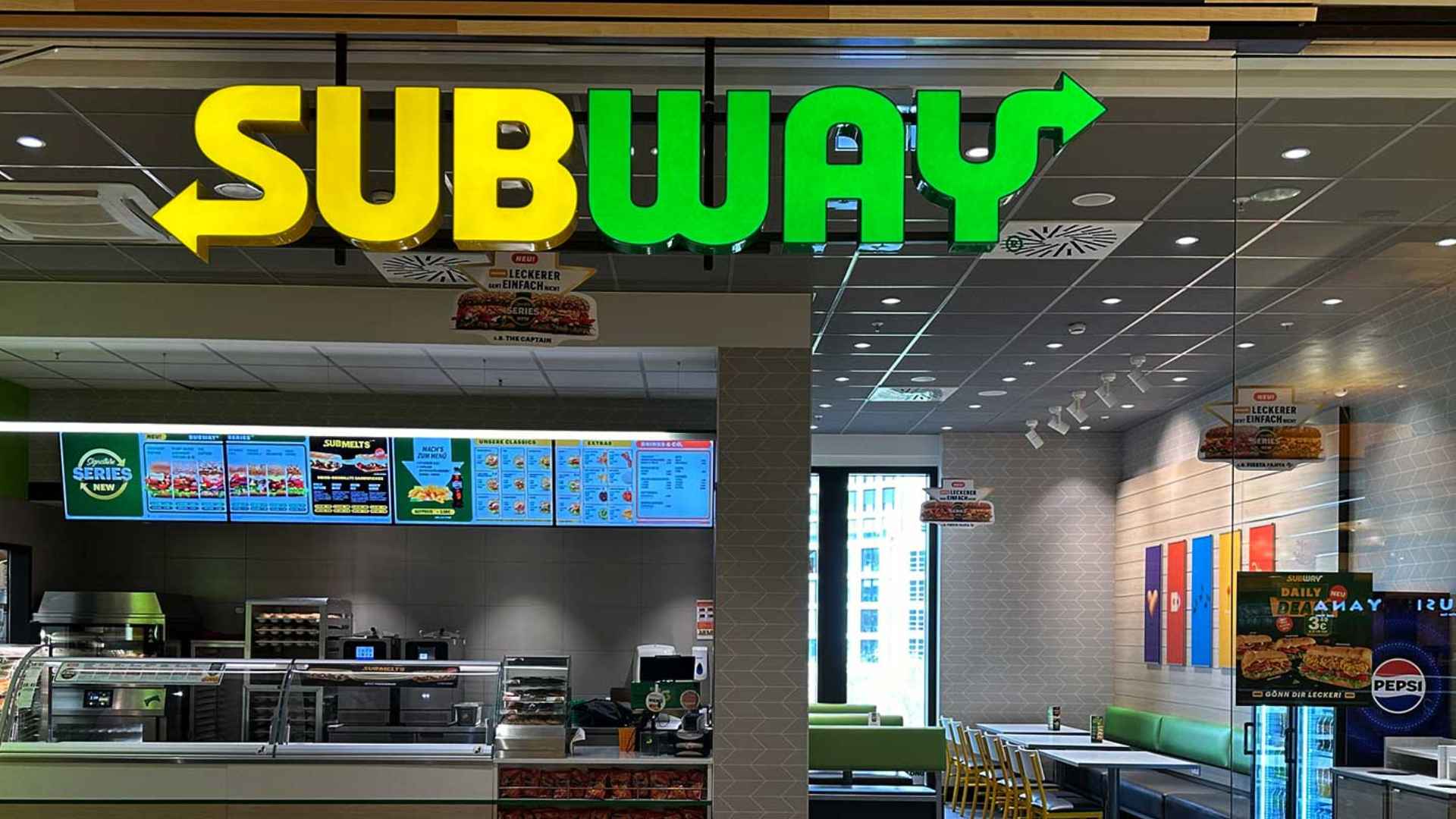One of the largest fast food chains on the planet has just taken a heavy blow. In the past year, Subway confirmed the closure of 630 restaurants in the United States, raising questions about the company’s future and the fate of its many workers.
Despite still being operational in all 50 states, Subway is no longer the indestructible giant it seemed to be a decade ago. Reports show that in just ten years, it went from 27,000 restaurants nationwide to fewer than 20,000. The situation has left hundreds of employees scrambling for new opportunities and many fans asking, “Are we witnessing the end of an era for this sandwich icon?”
How 630 Subway closures reflect a broader shift in the U.S. fast food industry
Fierce competition, plummeting sales, and an aging franchise model have been cited as critical factors behind Subway’s downturn. Some owners faced unprofitable locations in small towns, while others struggled to meet shifting consumer demands for trendier, local dining experiences. Below is a snapshot of the chain’s U.S. presence through the years:
| Year | Number of U.S. Restaurants |
|---|---|
| 2013 | 27,000 |
| 2018 | 24,000 |
| 2023 | 19,502 (approx.) |
As you can see, the drop is significant. Employees at recently shuttered stores also voiced frustration over the closures, saying they received little notice before doors shut for good.
Why a ‘Fresh Forward 2.0’ redesign and new leadership might save the chain
In a bid to reverse its fortunes, Subway launched a complete restaurant redesign known as “Fresh Forward 2.0.” The overhaul includes modernized locations, digital ordering kiosks, and updated menus that aim to recapture health-conscious consumers. Company spokespeople have mentioned a data-driven approach to identify which locations to close, relocate, or open.
On top of that, Subway was acquired by Roark Capital for $9.6 billion, a move that could infuse much-needed leadership and resources. Talk about a big investment, right? If the right strategies are put into place, this might represent a fresh start rather than a last-ditch effort.
Where Subway stands internationally despite losing ground in its home market
Interestingly, Subway still holds a solid global position, with over 10,000 restaurants outside the United States. In many regions, the brand is viewed as a “healthier” fast food alternative, which continues to attract new customers. However, the question remains: will international growth be enough to offset the challenges Subway faces at home?
For now, company insiders compare Subway’s restructuring to similar moves made by other fast food giants like Starbucks and Burger King. Those brands managed to bounce back after closing stores, but the clock is ticking for Subway. The final outcome will depend on whether the Fresh Forward plan can truly resonate with changing consumer preferences.

